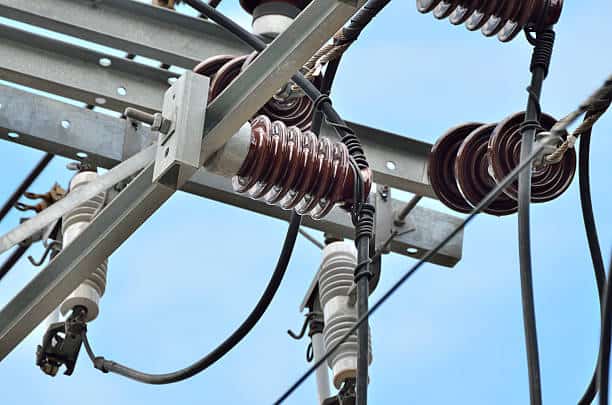Conductor
Any material or substance that can conduct electricity through it because of its low resistivity or high conductivity is called a conductor. These are used to transmit electricity from one place to another place.
Insulator
A material or substance unable to conduct electricity through it because of its high resistivity or very low conductivity is called an insulator. These are used for safety purposes in power systems for prevention of undesired flow of
current and provide mechanical strength.
Function of insulator in transmission line or distribution line is to seperate the conductor from the transmission tower distribution pole.
If transmission lines or distribution lines are not properly insulated from their support poles/ transmission towers, the current will flow towards the ground through the poles/towers which also become dangerous for living beings.
Materials for Insulators
Insulators made of several types materials be used in HV overhead transmission lines or distribution lines.
Porcelain insulators:
Porcelain insulators is the most common insulator material used in wordwide power area, it includes the following types:
•Pin Insulator
•Suspension Insulator
•Strain Insulator
•Shackle Insulator
•Post-Insulator
•Stay Insulator
•Disc Insulator

Glass insulators:
this type insulator started being used in the 18th century for telegraph and telephone lines, which were then, replaced by ceramic and porcelain types in the 19th century. To overcome this, toughened glass types were introduced, which
became popular due to their longer lifespan.
Polymer Insulator:
Polymer insulators are composed of fiberglass rod and enclosed with polymer weather sheds. These are low in weight compare with porcelain type while giving better power. These insulators are designed with PTFE, silicon rubber, EPDM and
EPM.
